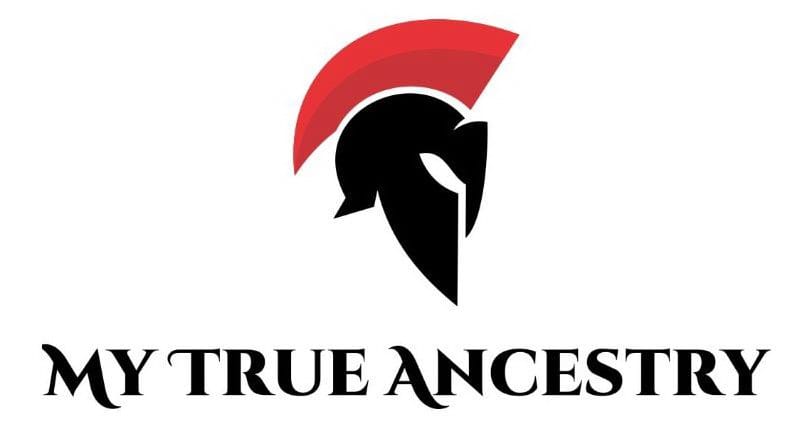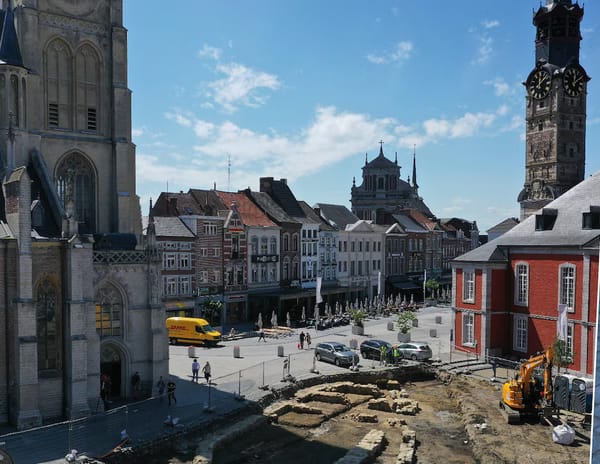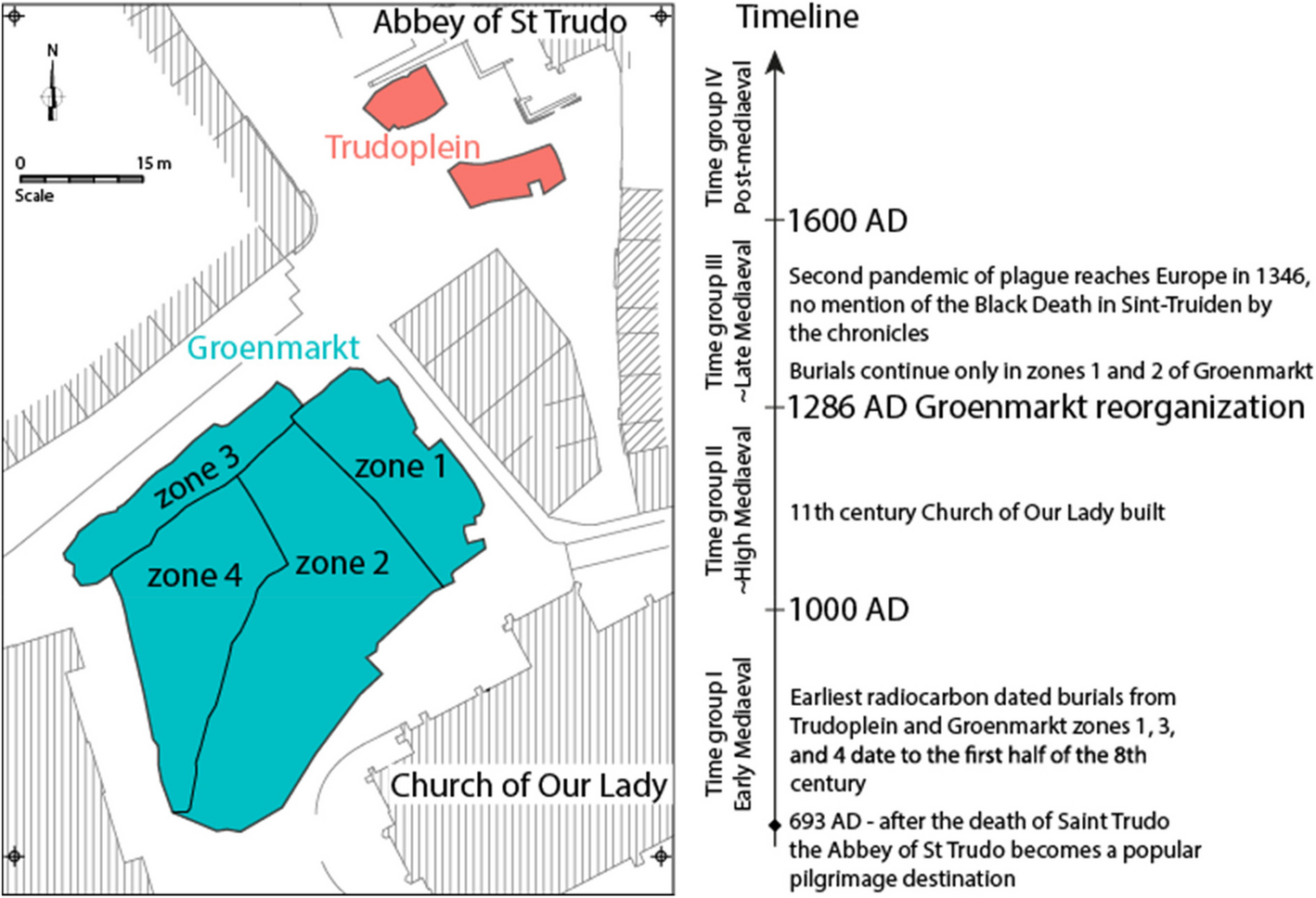Exploring Urbanization and Genetic Homogenization in Medieval Sint-Truiden





In an archaeological feat blending the intrigue of human history with cutting-edge genetics, researchers have uncovered new dimensions about medieval urbanization and genetic shifts through a comprehensive study of the city of Sint-Truiden. Situated in modern-day Flanders, Belgium, this remarkable study spans over a thousand years.
An excavation at Sint-Truiden unearthed a cemetery which had been in use for centuries, from as early as the seventh century. Within this space, known as Trudoplein and Groenmarkt, more than 3000 burials were discovered. The study scrutinized the genetic makeup of these individuals, offering a rare glimpse into the ancestral narratives of the medieval population.
The early inhabitants of Sint-Truiden were found to display a remarkable genetic heterogeneity. The population favored a blend of Gaulish and Germanic ancestries, painting a picture of ongoing and complex interactions. Visitors and migrants from places like Scotland or Ireland added layers to this rich tapestry, intertwining destinies across the seas.
The findings revealed that individuals buried in proximity to the abbey at Trudoplein were likely more Gaulish in ancestry. It hints at how social and perhaps religious affiliations were reflected in burial practices, underscoring the city's vibrant socio-cultural milieu.
The medieval history of the Low Countries, particularly in northern Belgium's Flanders region, is a captivating tale of socio-political and economic transformation. A shining example of this transformation is the city of Sint-Truiden. This city, strategically located along significant Roman roads, became a bustling center of growth and trade over the centuries.
Curious to see if your own DNA echoes these ancient roots? Visit MyTrueAncestry and upload your DNA to begin.
Recent archaeological excavations in the heart of Sint-Truiden revealed a cemetery in use from the seventh to the eighteenth century. Unearthed from the city squares of Trudoplein and Groenmarkt, over 3,000 burials offer a vibrant tapestry of demographic shifts and regional ancestry.
Through paleogenomic analysis, the study sequenced the genomes of 338 individuals, uncovering detailed patterns of migration and genetic admixture. The early medieval population of Sint-Truiden was notably diverse, incorporating migrants from Scotland or Ireland, evidencing a broader pattern of regional connectivity.
The medieval town of Sint-Truiden, located in what is now the Belgian province of Limburg, has proven to be a treasure trove for understanding genetic ancestry and homogenization in Europe. This vibrant archaeological site spans from the eighth to the eighteenth century, providing a ten-century paleogenomic window into the past.
Within Sint-Truiden, two key burial sites were excavated: Trudoplein and Groenmarkt. These sites revealed over 3,000 burials, with artifacts and human remains that tell stories of migration and local ancestry.
Analyzing ancient genomes, researchers discovered a fascinating split between Gaulish and Germanic ancestries. The Trudoplein burials revealed higher Gaulish influence, possibly due to the abbey's connections to the region of Metz, France. Meanwhile, the Groenmarkt site illustrated a more mixed ancestry, showing the varied origins of settlers in medieval Sint-Truiden.
Intriguingly, while there were signs of a Yersinia pestis infection, otherwise known as the plague, in some burials, there appeared to be little impact on the genetic diversity or immunity genes of the population at large. This poses poignant questions about the resilience and adaptability of medieval societies amidst catastrophic pandemics.
The research on the genetic and archaeological findings from Sint-Truiden offers profound insights into the impact of the plague on medieval populations. Among the 404 samples analyzed, a subset included individuals who were likely victims of the Black Death, providing the first genetic evidence of Yersinia pestis in this region.
The rich genetic data harvested revealed fascinating stories about the people interred there. The team found evidence of Yersinia pestis from the fourteenth century in five individuals. The DNA signatures of the bacterium echo the pandemic's silent yet impactful outreach to medieval cities, providing scientific proof that the Black Death impacted Sint-Truiden, despite historical records failing to mention it.
As centuries rolled on, Sint-Truiden's genetic profile became more homogenous, aligning closely with what we observe in the present-day people of Limburg. This gradual cline of genetic mixing reflects reduced long-distance travel and highlights localized interactions within the medieval Low Countries.
Over the centuries, the genetic lines visibly tightened into the pattern seen today, mirroring the demographic landscape of modern Limburg. Yet the enduring question remains—how did remarkable events like the Black Death shape not just genetic lines, but human lives and history?
With history etched in bones and DNA, Sint-Truiden provides a narrative of continuity and change, weaving together the dynamics of migration, socio-economic shifts, and epidemiological pressures. This study not only deciphers the genetic story of a past city but also brings into focus the intricacies of human existence through the ages.
As technological advancements continue to decode the past linguistically encrypted within our genes, studies like these keep slicing through the mist of time, bringing to light the lived experiences of those who walked long before us. Sint-Truiden stands as a beacon today, not just of ancient struggle, but also as a testament to human resilience and adaptation in the face of crisis.

Comments